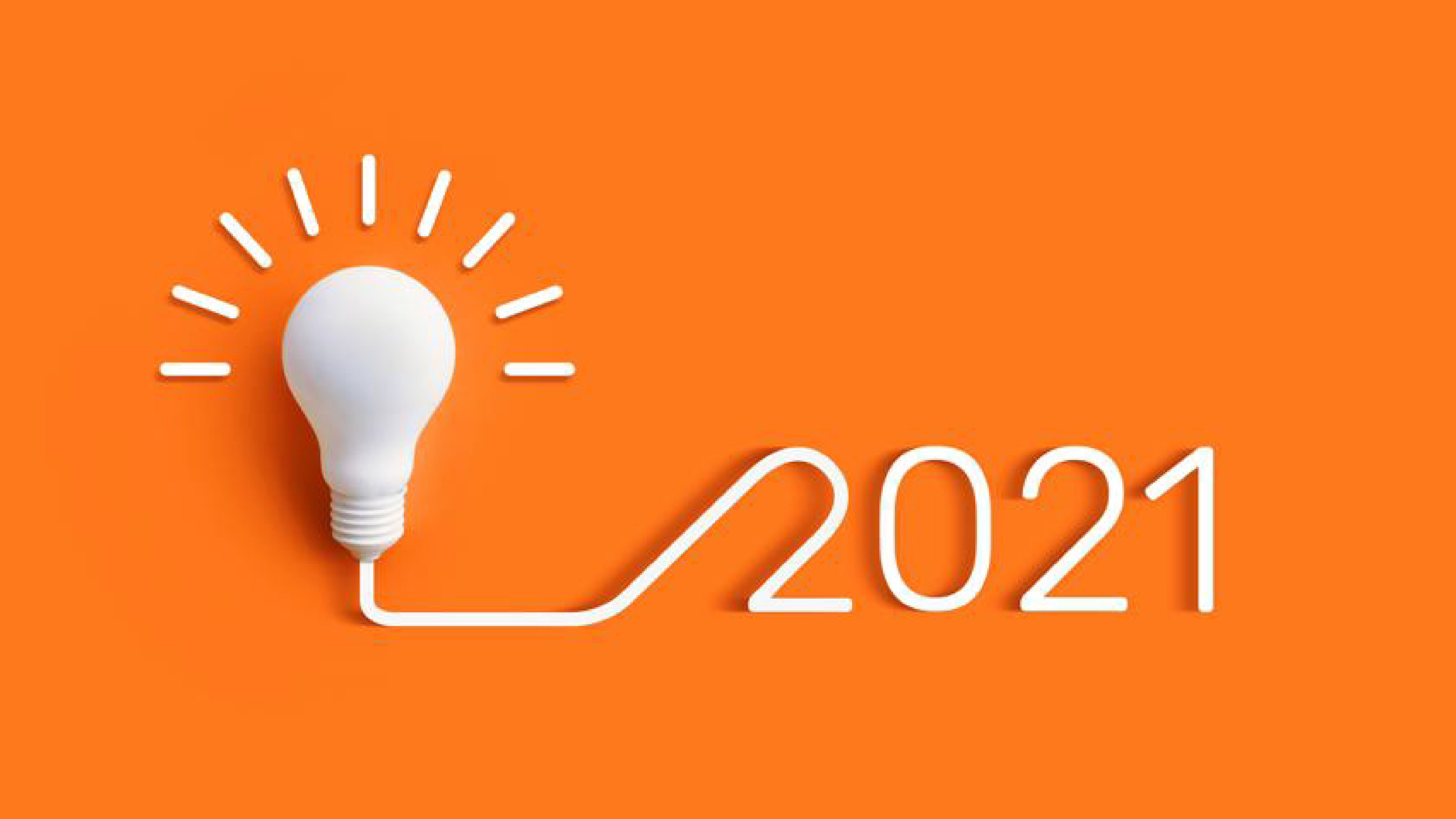
Photo Credit: Getty
In a year unlike any other, the one acronym which best defines 2020 has got to be WFH. Work From Home—and remote or hybrid work more generally—is here to stay, and we are just beginning to feel its implications. One of those implications that we need to consider in 2021 is how knowledge workers can be more creative when working remotely.
More specifically, we need to change the conversation around remote work to be less about productivity and more about how remote work can boost creativity. Mindsets need to shift. The convergence of two massive trends impacting the workplace—remote work and the increasing use of AI—means that creativity should be where we focus our efforts.
Remote Work Can Be Creative
We often equate creativity and innovation with brainstorming sessions in boardrooms full of snacks and walls covered in Post-it Notes. But that takes a very narrow view of how we innovate in groups. We can innovate just as well—or even better—when working remotely. For the past few years, I've been teaching and facilitating online to M.B.A. students and as part of the IDEO U teaching team. I have seen how people can be creative when communicating and collaborating entirely remotely. In some ways—greater team diversity, technology, accommodating different working styles and fighting the limits of traditional brainstorming—remote work can lead to greater creativity than collocated work.
Remote Work Creativity Must Be Part Of The New Normal
But the discussion should be less about which is more creative, in-person or remote, because that doesn't matter anymore. Remote work will make up some or all of how we work going forward. As shown by multiple surveys from around the world, most employees want to continue working from home at least part of the time.
Thinking about how to boost our remote and hybrid teams' creativity is no longer a nice to have; it is a must-have. We must get better at being creative when working remotely because the companies and teams that can harness the collective creativity of the remote workforce will thrive.
Productivity Gains Will Come From Machines, Not People
None of this means we should ignore productivity gains. We do need to ensure that our remote workforce is productive. But we need to stop overly focusing on productivity because productivity gains will increasingly come from AI and automation, and less from individual workers. Increasing use of AI and Robotic Process Automation can lead to significant productivity gains in repetitive or administrative tasks, the kind of work where machines excel. This can free up more time for our workforce to focus on creative work that machines cannot do. The balance of resources and effort needs to shift and be less about squeezing productivity gains out of remote team members and more about harnessing our workforce's unique creative talents.
See Creativity As Your Differentiator
Economic growth will increasingly come from creativity gains more than it will come from purely productivity gains. A company's competitive advantage will come from the creative talents of its workforce. Competing on productivity will be less critical as a business differentiator.
Scott Belsky, the founder of Behance and Adobe's chief product officer and someone who sees the end of productivity scarcity in the near future, said "If productivity, previously scarce and valuable, is increasingly abundant and commoditized, then we must shift our investments — from how we educate our children to how we plan our careers — to creativity, a truly scarce resource whose value is on the rise." Belsky believes that we are entering an era of productivity abundance. Deploying technology can lead to better productivity gains. We should put more effort on hiring for creativity and developing the creative talents within our workforce.
Don't Stifle Creativity By Prioritizing Productivity
This takes us back to how to lead and manage our remote workforce. There is a risk that by focusing too much on remote work productivity, we may stifle creativity. Nothing shows this better than those Orwellian technologies that send screenshots of what remote workers are working on to their managers. Or by demanding an accounting of how much time each team member spends on each task every day. Creative work needs thinking time done head's-down or away from the laptop, individually and collectively. It also requires an environment of psychological safety and trust, particularly from the team leader. Micromanaging—a bad idea for any remote team—is a creativity killer.
Remote work productivity versus creativity is not a zero-sum game. Increasing one will often lead to an increase in the other. But resources are finite, and we need to decide on where to allocate which resources. To boost productivity, focus those resources on increasing automation and the use of machines. Free your remote workers to create and give them the resources and autonomy they need to be creative. Making this shift in mindset towards remote creativity must take place before looking at how to enable greater creativity.
The future of work is remote, and future business success will come from your remote workforce's creativity. Make that your priority in 2021 and beyond.
For the original article, visit: Forbes.



